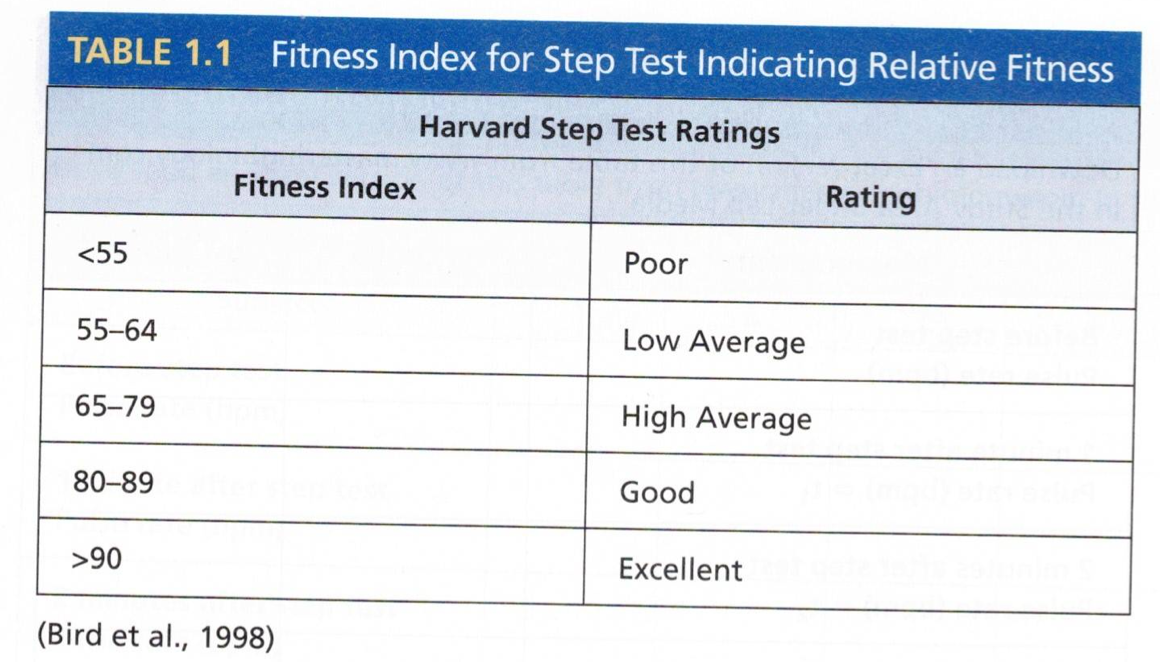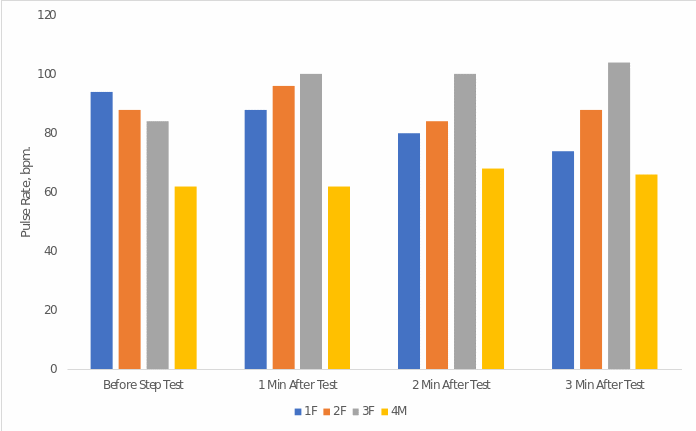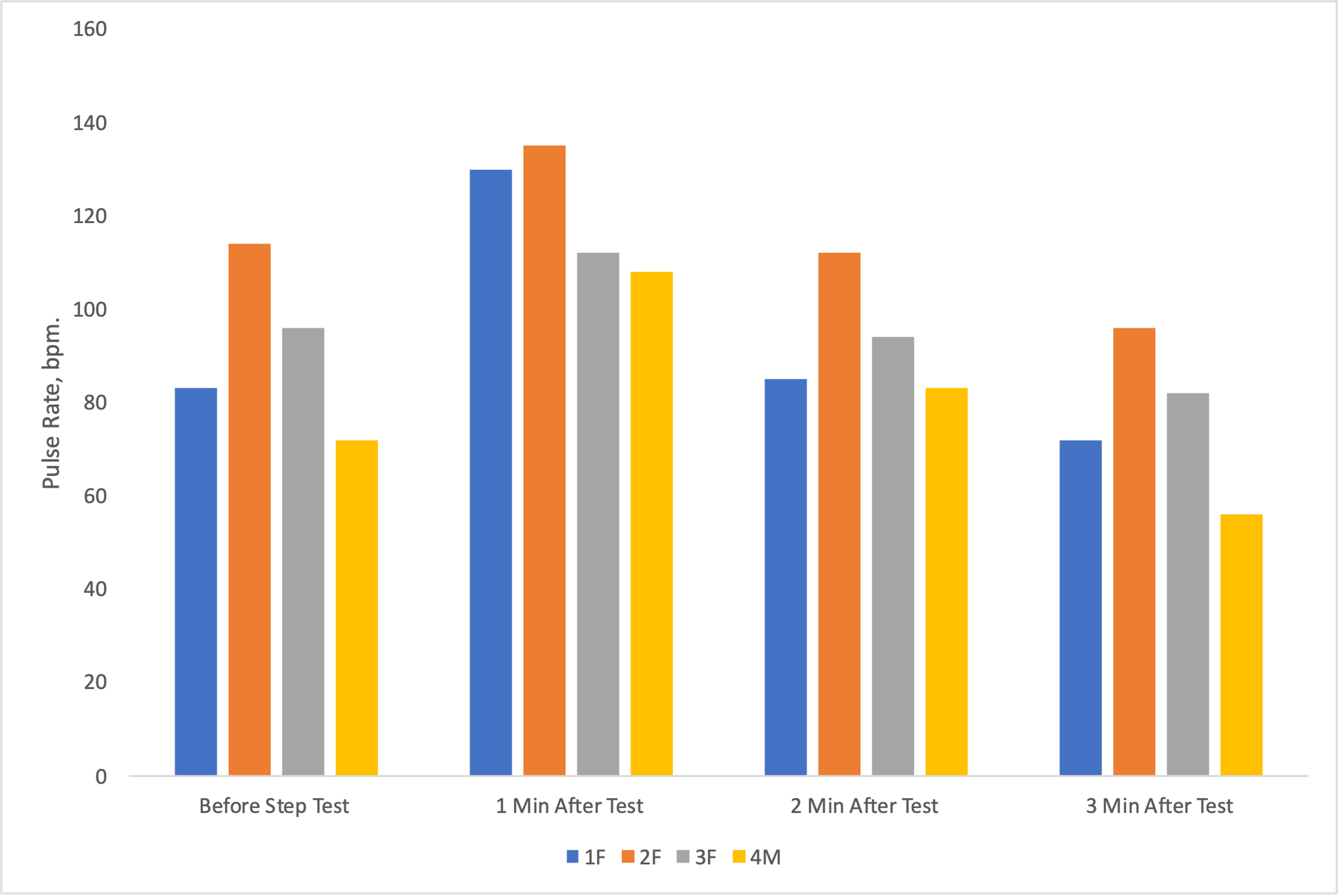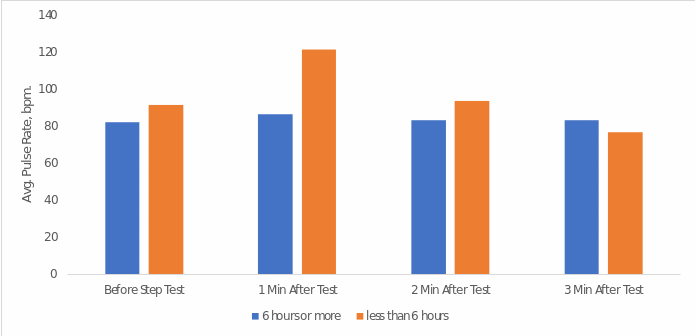Introduction
The increase in chronic disease caused by lifestyle changes and obesity is a significant concern. Therefore, the Centers for Disease Control (CDC) and the U.S. Department of Health and Human Services (HHS) have developed protocols to improve health and fitness. Physical fitness can be determined by an individual’s cardiovascular dynamics. Precisely, this measures how well a patient’s body takes in oxygen and delivers it to muscles and organs during prolonged physical activity (Abbot, 2017). As a consequence, it has implications for both the lungs and the heart. Notably, several variables can affect cardiovascular outcomes, including smoking, alcohol, or weight. In this regard, recommendations have been developed for adults to improve individuals lifestyles through weekly aerobic and muscular exercise (Top End Sports, 2022). Exercise should be about 150 minutes (balanced) or 75 minutes (vigorous) per week. This raises several questions that need to be answered about factors affecting cardiovascular dynamics, especially in students. Questions include determining whether those who adhere to a culture of wellness are more prepared than those who do not. A more intriguing question within the outlined problem, namely determining the effect of sleep duration on cardiovascular fitness, is recommended.
To determine cardiovascular fitness, an experiment must be conducted; this involves measuring heart rate before and after exercise. Thus, a physically fit person will have a relatively slower heart rate and a lower respiratory rate after exercise; the heart rate should return to normal more quickly, and vice versa. This pattern is determined by the fact that the transport of oxygen molecules through the blood is faster and more efficient for a healthy patient than for someone with an illness or unhealthy lifestyle (Abbot, 2017). In this regard, the recommended test to perform is the Harvard Step Test: in which a person steps from foot to foot at a constant rate for three to five minutes. The heart rate is measured through a heart rate monitor before and after the exercise, with the rate of recovery measured at 1-, 2-, and 3-minutes intervals afterward. The values obtained are either compared directly or used to calculate a fitness index.
Purpose
After a group discussion, it was decided to answer the question of whether sleep duration has an effect on cardiovascular dynamics, which involved measuring participants’ heart rate after undergoing physical activity.
Hypothesis
Students who sleep on average six hours will have a better fitness index than students who sleep less than six hours.
Experiment
The experiment was conducted outside the school building using a ladder that could be climbed. The entire class was divided into two groups, namely Groups 1 and 2, depending on how long the students slept. Hence, Group 1 were students who slept more than six hours a night, and Group 2 were students who slept less than six hours a night. The size of each group was four students, of which three were female, and one was male.
Materials
- Two stop-watches with seconds.
- Two metronomes.
- Stairs on the school.
Procedure
First, each participant’s heart rate was measured and recorded. Students stepped up and down stairs at a rate of 30 steps per minute; the height of the step was 3 inches. The exercise was performed for 3 minutes, after which participants’ heart rate was measured and the value noted. The recovery heart rate was measured at 1-, 2-, and 3-minute intervals after the exercise. At the end of the exercise the physical fitness index was determined by the recovery pulse values according to the formula below:

From the above procedure, it was found the following variables:
- Dependent is pulse rate.
- Independent is exercise.
- Control is duration, the height of the step, and step rate. Thus, control is 3 minutes, 3 inches and 30 steps.
- Level of treatment is Fitness Index ratio.
- Replication is 4 participants.
- Prediction: if a person’s heart rate is elevated, it can be expected to return to normal in recovery.
Results
Below is a table showing the results of the test for both groups.
Table 1: Results of Step Test for Group 1
Table 2: Results of Step Test for Group 2
As can be seen from Table 1 and Table 2, Fitness Index values differed between groups. The minimum and maximum values for participants in the first group were 59 and 92, respectively, whereas for the second group, which slept less, the values were 52 and 73, respectively. The average Fitness Index value for the first group was slightly higher than for the second group: 73 versus 63. If one compares these values to the textbook classification suggested in Figure 3, one can see that, on average, Group 1 performed better than Group 2. The Fitness Index for Group 1 could be described as “high average” (65-79), whereas for Group 2, it was a low average category (55-64).
Table 3: Fitness Index Reference Values with Category Classification (from textbook)

For ease of visualization, Figure 1 provides information on the pulse rate (bpm) dynamics of each of the Group 1 participants both before the test and at time points after the test. Figure 1 shows that the heart rate of 1F gradually decreased, even after the Harvard test, whereas for 2F and 3F the heart rate expectedly increased. For 4M, the heart rate changed the least and showed some increase over time. For the group that slept less than six hours per day (Fig. 2), for all participants, heart rate rose sharply immediately after the test and fell consistently over time.


Figure 3 shows a comparative analysis for the two groups at different intervals. In general, it can be seen that the group that slept less than six hours a day had a more variable heart rate than the group that slept more. From this, it can be concluded that the students with longer sleep duration had a more stable cardiovascular system and minimized high heart rate variability.

Conclusion
In this experiment, the potential relationship between sleep duration and cardiovascular condition was analyzed. This condition was measured through pulse rate (bpm), which is known to determine the intensity of blood oxygen distribution throughout the body. The following conclusions were reached:
- Sleep of more than six hours results in a more stable cardiovascular system, which translates into less heart rate variability.
- Less than six hours of sleep resulted in more intense cardiovascular activity, which translated into greater heart rate variability.
- For most students, the pulse rate was consistently restored after the physical test.
- Students who slept more than six hours a day had an average Fitness Index rated as “high average.”
- In students who slept less than six hours a day, the average Fitness Index was rated as “low average.”
Discussion
The present experiment measured the effect of sleep duration on the dynamics of heart rate recovery after exercise as part of a Harvard test. It is worth noting that the increase in heart rate was motivated by the individual’s rapid breathing, as the body required more oxygen under stressful conditions. Thus, rapid breathing and heart rate prevents the accumulation of carbon dioxide and restore oxygen during exercise (NHLBI, 2020). Notably, this heart rate was lower in the group of students who slept more during the day. In other words, low sleep duration (less than six hours) adversely affected the functionality of the cardiovascular system and required more of its intensification for exercise.
Although the experiment showed significant results, the study had some limitations. Specifically:
- Small sample size may have affected the reliability of the results.
- Lack of a control group.
- The selection of students was not standardized and could have biased results. It was not checked to see whether the participants were athletes and in good physical condition or not. Similarly, there was no check on respiratory disease.
- The samples may not have been representative.
According to the experiment, sleep is a critical component of human well-being. Adequate sleep refreshes a person’s mind, body, and heart, minimizing stress. It promotes optimal functioning of the body throughout the day with less stress. Better cardiovascular performance was characteristic of students who slept a more significant amount of time. This points to the fact that healthy sleep is a critical source of energy for the human body. A high fitness index reflects a picture of a person with optimal performance. The results could lead to faster growth and development of society through a healthy workforce.
References
Judith Giles. M. Eloise Brown Carter.2017. Investigating Biology Laboratory Manual.9th edition. Pearson. 848p.
A. Wasserman. L. Cain. Minorsky.Urry.2021. Campbell Biology in Focus. 12th edition Pearson. 900p.
[NHLBI]. National Heart Lung and Blood Institute.2020. How the heart works.
Abbot. 2017.Cardiovascular Fitness: What It Means to Your Heart Health.
Top End Sports. 2022. Harvard Step Test. Web.